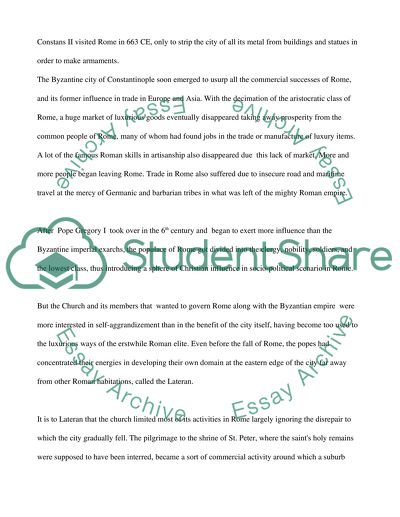Cite this document
(The Eternal City Rome Assignment Example | Topics and Well Written Essays - 1000 words, n.d.)
The Eternal City Rome Assignment Example | Topics and Well Written Essays - 1000 words. https://studentshare.org/history/1515949-rome
The Eternal City Rome Assignment Example | Topics and Well Written Essays - 1000 words. https://studentshare.org/history/1515949-rome
(The Eternal City Rome Assignment Example | Topics and Well Written Essays - 1000 Words)
The Eternal City Rome Assignment Example | Topics and Well Written Essays - 1000 Words. https://studentshare.org/history/1515949-rome.
The Eternal City Rome Assignment Example | Topics and Well Written Essays - 1000 Words. https://studentshare.org/history/1515949-rome.
“The Eternal City Rome Assignment Example | Topics and Well Written Essays - 1000 Words”. https://studentshare.org/history/1515949-rome.


